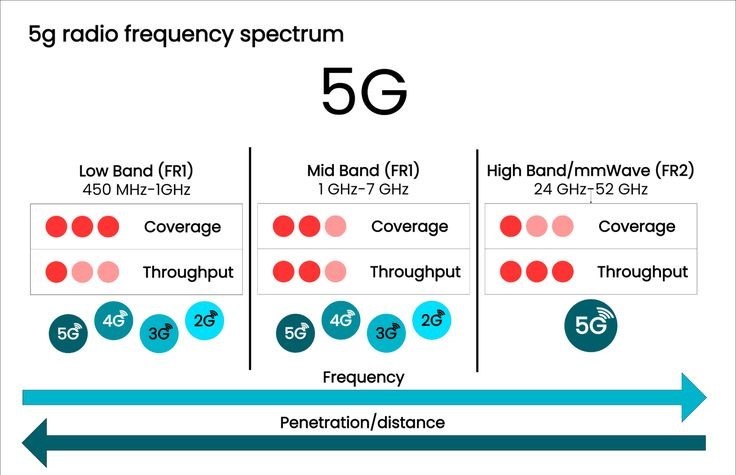In Sugar Season (Oct-Sep) 2021-22, India emerged as the world’s largest producer and consumer of sugar and world’s 2nd largest exporter of sugar.
Ethanol production capacity of molasses/sugar-based distilleries has increased to 605 crore litres per annum. Sugar mills/distilleries generated ₹ 18,000 crore from sale of ethanol.
Under Ethanol Blending with Petrol (EBP) Programme, India targets for 20% blending by 2025.
Reference
After the approval of Cabinet Committee on Security (CCS) procurement of 10 Light Combat Helicopter (LCH) for IAF and five for the army, the LCH Prachand was inducted into the Indian Air Force (IAF) recently.
The HAL has already worked on the Advanced Light Helicopter (ALH) Dhruva and its weaponised version ALH Rudra for IAF.
References
In light of recent falling gas prices, OPEC+ officials had decided in reduce oil production by 2 million barrels per day.
OPEC accounts for roughly 40% of the world’s crude oil and 80% of the globe’s oil reserves.
References
The recently released Tamil film Ponniyin Selvan:1 orPS1 gained attention towards the era of the Cholas.
References
At the India Mobile Congress in Delhi, Prime Minister announced the 5G services will be rolled out in a phased manner. In the first phase, the 5G services is launched in thirteen cities.
India Mobile Congress (IMC) is annual event jointly held by the Department of Telecommunications (DoT) and Cellular Operators Association of India (COAI).
Latency is the time gap between the command and response of the network.

References